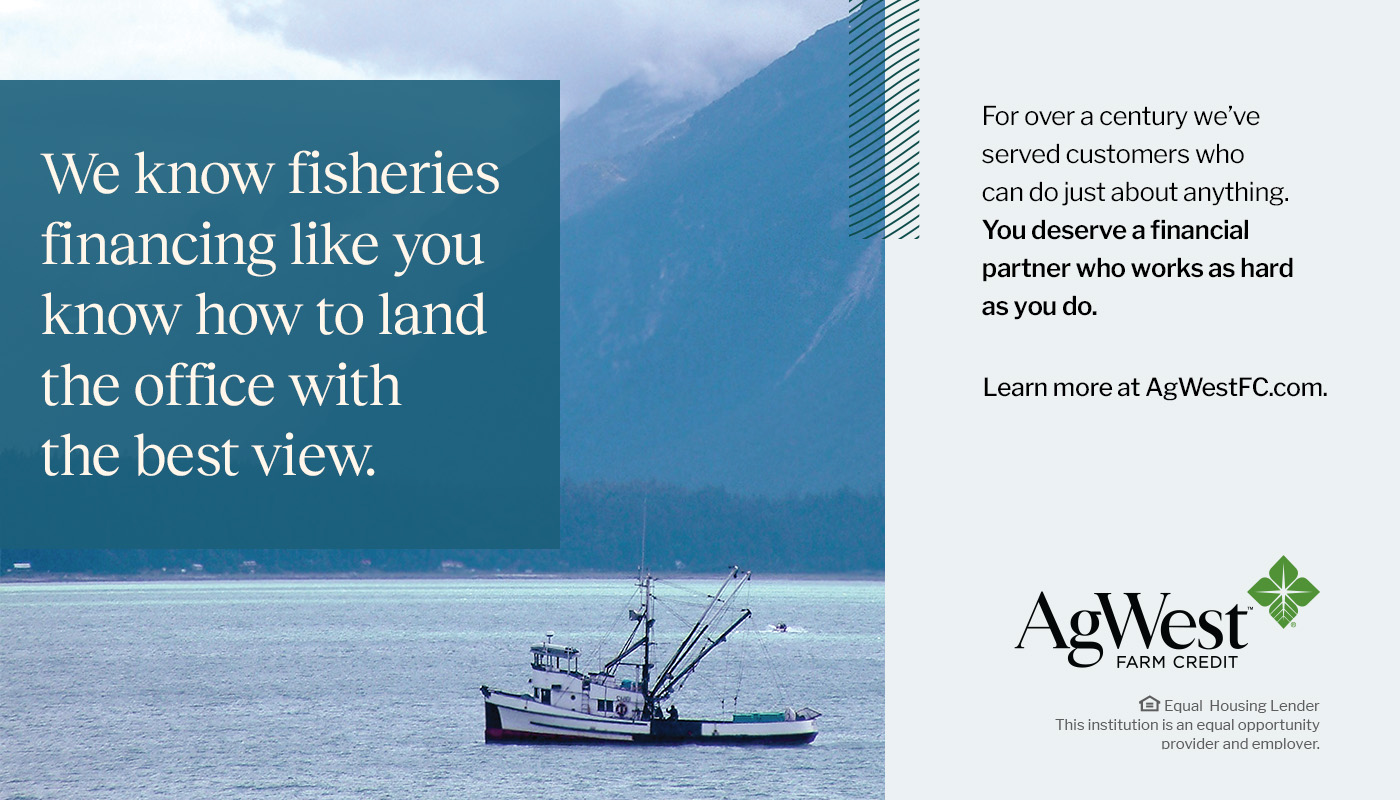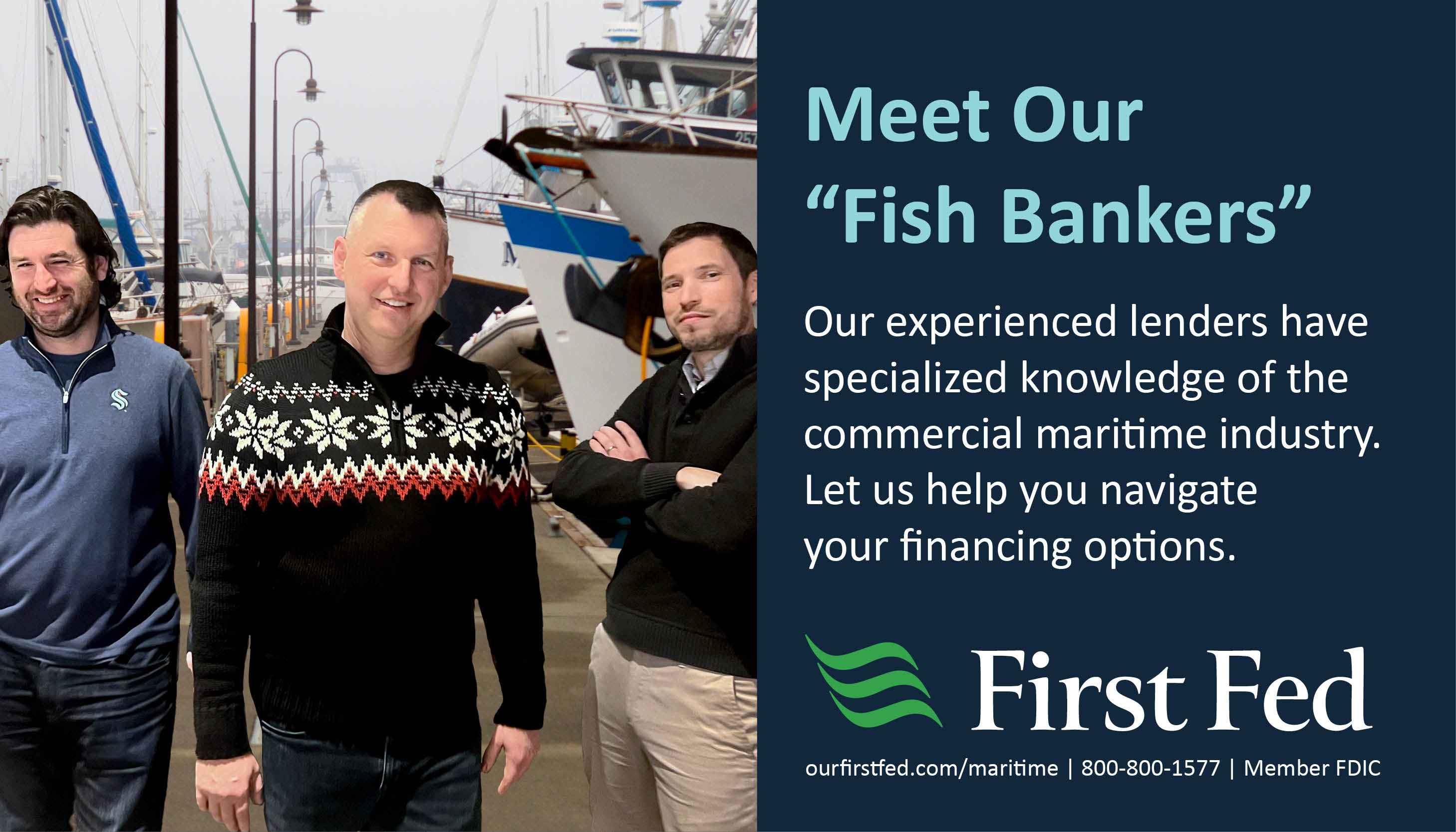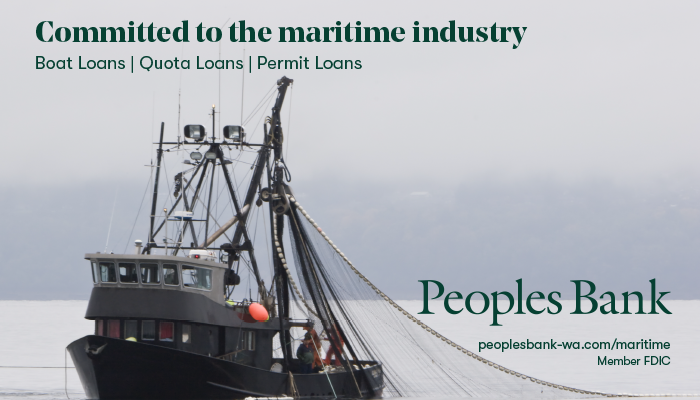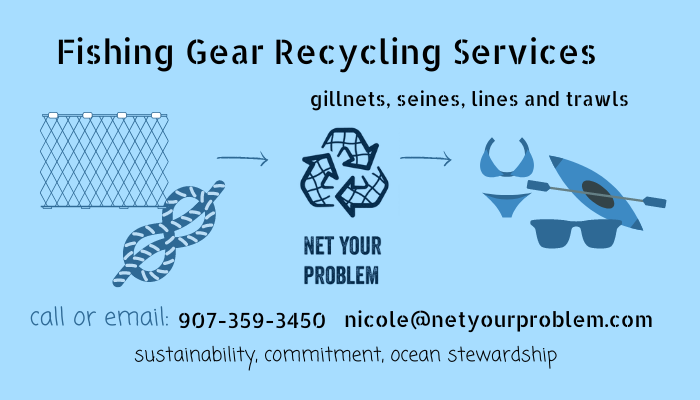Fish Factor by Laine Welch
March 19, 2021
Halibut prices for Alaska fishermen for 2021 started out significantly higher than last year, despite sluggish demand and transportation logjams in some regions.
The Pacific halibut fishery opened on March 6 and two weeks later only 80 deliveries were made, 46 at Southeast ports and 34 from the Central Gulf totaling 355,524 pounds. Most landings appeared to be small lots that were purchased on consignment.
The first fish typically fetches higher prices and then drops off as the season progresses. No Alaska ports reported paying under $5 per pound whereas the 2020 price to Alaska fishermen averaged $4.
Early prices at Sitka and Juneau, where there is daily air service, were reported at $5.50-$5.75 a pound, up by one dollar from last year, and deliveries at Petersburg paid out at $5.75 straight. No ferry service and high costs for airfreight bit into buying at nearly all Southeast ports where major processors said they aren’t purchasing halibut until April or May.
Fishermen delivering to Homer were paid $5.50 a pound, also up by more than a dollar. Other buyers on the Kenai Peninsula were paying $5.25 to $5.45 for 10/20 pounders and slightly more for larger fish. Reports from Whittier pegged the price at $5.50-$5.75.
Except for small amounts bought on consignment, few halibut sales were reported at Kodiak where the price was reported at $5 a pound straight.
Pacific halibut from Alaska has been getting hit hard in recent years by fish from Eastern Canada, mostly Nova Scotia and Newfoundland, with one Alaska buyer saying that region is now in the “front seat” for fresh market sales.
Federal trade data show that in 2020 over 10.5 million pounds of Atlantic halibut were imported to the U.S. from that region, valued at $70.2 million. Another 1.5 million pounds of Pacific halibut came into the U.S. from British Columbia valued at $22 million.
Alaska halibut fishermen also are getting pinched from fresh farmed halibut from Norway which last year totaled about one million pounds, valued at $6.3 million.
Halibut caught by Russian fleets and processed into frozen fillets in China also is making inroads into U.S. markets and underselling all others. In 2019 that totaled two million pounds, valued at nearly $7 million.
Alaska’s catch limit for Pacific halibut is 19.6 million pounds. The fishery was extended by one month this year and will run through December 7.
New twists to seafood sales - Seafood sales set records at U.S. retail last year and the trend is continuing.
Sales of fresh, frozen and pantry shelf items increased by nearly 30 percent in 2020 to almost $17 billion, outpacing meat, produce, and deli items. Perceptions of health and wellness are driving the surge, according to Seafood Source and a newly released Power of Seafood 2021 report from FMI – The Food Industry Association.
In a national survey, FMI found that one-third of Americans ate seafood twice a week in the past year and nearly 60 percent said they believed upping their intake boosts their immune systems.
A whopping 75 percent said they are eager to learn more about cooking seafood and want to be more knowledgeable about preparing and flavoring it.
How and where seafood is caught also was important and 36 percent said they preferred wild-caught fish “because it is more nutritious.”
However, preference for farm raised fish grew to 29 percent, up 10 points from 2019, with 35 percent saying it has better traceability than wild and is a healthier option.
“I believe there is more acceptance about farm-raised seafood due to more awareness about farm-raised options. Also, salmon is a major species in seafood and often farm-raised salmon is lower priced compared to wild-caught options,” Rick Stein, FMI Vice President of Fresh Foods, told SeafoodSource.
The FMI report also showed that plant-based imitations have become more accepted by U.S. shoppers. Another report by Barclays claims that the fake fish industry is estimated to be worth $140 billion within the next decade, and could capture 10% of the $1.4 trillion global meat industry.
Nearly 60 percent of frequent seafood eaters said they are likely to try such products, while 31 percent said they would not. There also was a high correlation with healthy eating, and 62 percent cited sustainability as a major reason for turning to fish imitations.
Overall, 71 percent of American consumers said they are concerned about seafood sustainability, with 41 percent saying it is a top factor in their buying choices.
That was most evident among younger consumers Seafood Source said, citing a survey by GlobeScan shared during a Seafood Expo North America panel that called it “a key trend among seafood purchasing.”
Since 1999, GlobeScan has asked thousands of seafood consumers worldwide if they choose to reward companies that show they are “socially responsible.” Through 2017, about 20% said they would consider doing so, but in 2020 that number increased to 38%.
The recent survey found that 70% of consumers want more information from companies about sustainability and 63% want to be able to trace their fish purchases back to a trusted source. But only 25% said they actually look for ecolabels on products – except for those aged 18-34.
“That is something to really keep an eye on,” said Marife Casem, Walmart Senior Manager of Sustainability.
“There’s really a power in this generation,” she said. “They read not only the labels but the story behind the packaging.”
“The younger consumer is really leading the way and influencing change,” said Kristen Stevens, senior marketing manager for the Marine Stewardship Council, which spearheaded the seafood ecolabel movement over 20 years ago. “I suspect we’re going to continue to see this momentum caused by this younger generation.”
ComFish takes virtual to a new level - Kodiak’s ComFish Alaska trade show later this month puts the “social” back into social distancing.
Attendees can move in and out of forums and the trade show just like in-person events thanks to a new platform called Hopin.
“It is not some boring Zoom meeting where you just have to sit and listen, it is nothing like that,” said Sarah Phillips, executive director of the Kodiak Chamber of Commerce, host of ComFish for 41 years. “Hopin is a completely immersive, engaging social experience. I think social is that key word that we've been missing out on so many of these virtual meetings.”
Nearly 30 exhibitors have signed up so far for the event, scheduled for March 30 and 31.
“It allows you to visit exhibitor booths, see what kind of specials and discounts they are offering, and engage face to face with the representative,” she explained.
The forum line up provides the same opportunities. They include appearances by Alaska’s Congressional delegation and state lawmakers, updates from the governor’s office, marketing, fishery updates, crab research, sea stories and much more.
“Any questions that you type into the chat box will be answered by the moderator or the presenters. And afterwards, some of our speakers are willing to go into a private, face to face session,” Phillips added.
Hopin also provides for enhanced connections to socializing with anyone who’s registered for ComFish.
“As soon as you log in, you'll be able to see every person that's registered. You can click on their name and request a video chat or schedule a meeting, the possibilities are endless. It’s just like if you were at ComFish and you run into someone you haven't seen in a long time and say gosh, I'd love to catch up. And if there's a few people you see, you can get the whole gang together.”
Phillips credits local and corporate sponsors for enabling the Chamber to purchase the Hopin platform for ComFish.
“People have really stepped up because they know the importance of this show to not only our community, but all of Alaska and the Pacific Northwest.”
Registering for free at www.comfishak.com also enters your name for prizes and a sneak peek of the Hopin platform.
Find more at www.alaskafishradio.com






